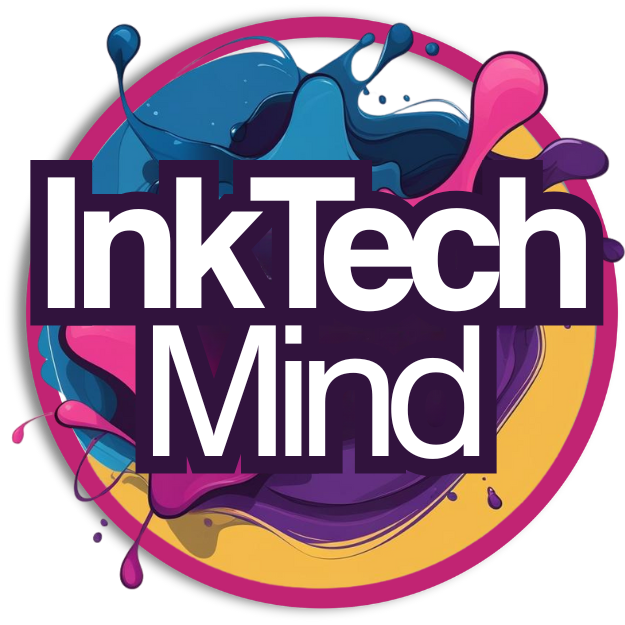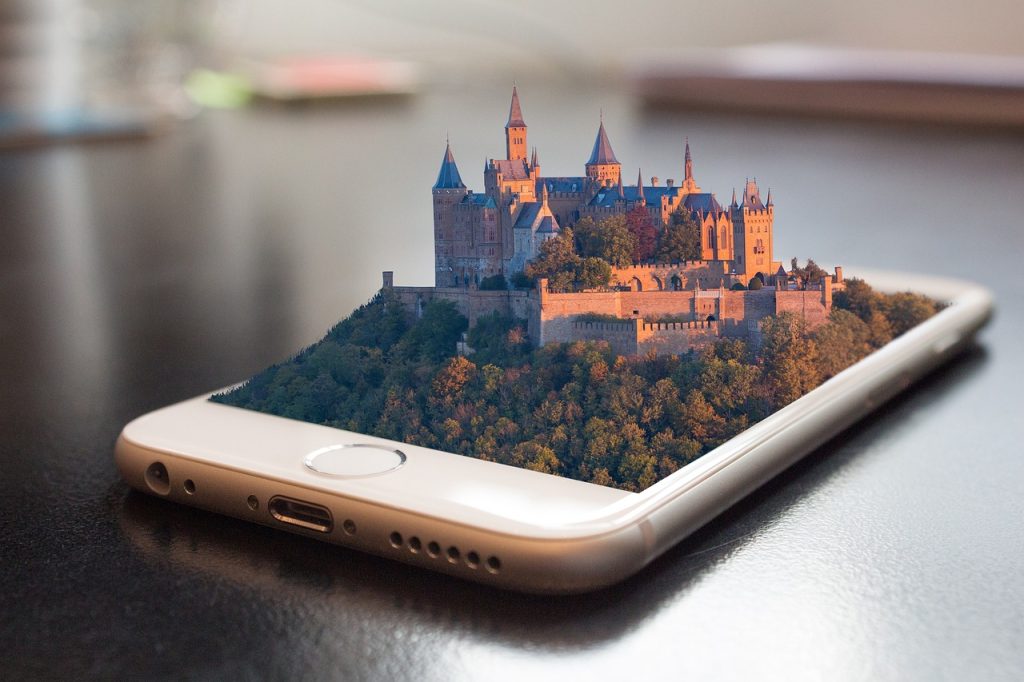Lights, camera, code: the set just leveled up
Last week, Adobe quietly dropped a grenade into the virtual production chat. At IBC 2025, the company unveiled new AI-powered scene tools that let editors generate 3D environments straight from text prompts inside Premiere Pro and After Effects, then hand them off to Unreal Engine with one click. Think: “sunset Tokyo alley, neon puddles,” and boom—your LED wall has something to chew on before lunch.
Epic Games wasn’t sipping tea either. It rolled out an Unreal Engine update focused on virtual production: faster nDisplay calibration for LED volumes, smarter ICVFX color management, and a new in-editor Light Card workflow so you can paint lighting on the wall like Bob Ross, minus the existential dread. Oh, and the multi-GPU playback finally feels like butter instead of mashed potatoes.
NVIDIA showed up with the hardware swagger. New Studio driver updates streamlined camera tracking with RTX optical flow, shaving milliseconds off latency for live compositing. Translation: fewer “why is the actor jogging in molasses” moments on set. Coupled with improved NeRF-to-mesh conversion in Omniverse, you can now scan a location with a phone, clean it up, and push it to a volume before your coffee cools.
On the camera side, Sony and ARRI demoed tighter genlock and timecode integration with real-time engines, making parallax sync feel less like witchcraft and more like plumbing. Mo-Sys and stYpe added calibration tools that auto-detect lens distortion profiles—goodbye, sticky notes; hello, push-button tracking that actually behaves.
The kicker? These pieces finally talk to each other. A producer can storyboard in Frame.io, trigger a prompt-generated previs, see it on an LED wall via Unreal, and record final pixels—without the usual cable spaghetti and three ritual sacrifices to the demo gods. The gaps between “idea,” “previs,” and “final” are shrinking like a time-lapse of a melting ice cube.
This isn’t just for superhero sequels. Regional studios are jumping in because the cost curve is bending. LED volume rentals are down. Cloud render credits are up. And the tools are less “PhD in shader voodoo” and more “click here, don’t panic.” The result: reshoots become scene tweaks, weather becomes a slider, and continuity stops being a hostage situation.
There’s still fine print. AI scenes can look uncanny if you don’t art-direct them. LED walls still need careful color calibration unless you like salmon skin tones. And yes, your DP will still ask for five more minutes. But the toolkit now feels like a kit, not a scavenger hunt.
If the last wave of virtual production was proof-of-concept, this one’s proof-of-competence. The magic trick isn’t the wall—it’s the handshake between apps, engines, and cameras. Which means your best new crew member might be a settings panel named “Sync.”

